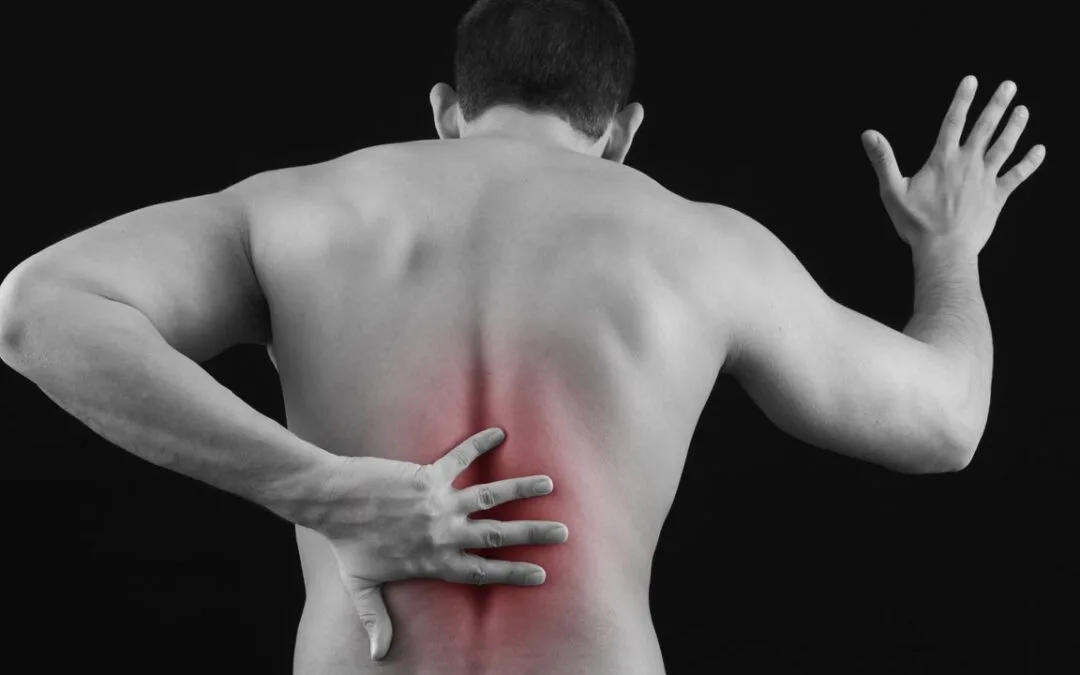If you’re embarking on a fitness journey or probably getting back in shape after some time, the toughest moment would probably not be during the workout but the days that follow. It’s because you’ll be waking up in the morning after the workout prior and would feel as if you’re body’s been punched and aching all over, and that’s what we call the “Muscle Fever” or Delayed Onset Muscle Soreness (DOMS).
Now, for some fitness enthusiasts, they may say that DOMS is a good indication of a job well done during your workout. But you can reduce the chances of suffering from DOMS by warming up properly and stretching well before your workout. However, if you’re trying a new exercise that you haven’t done before, then there’s a high chance you’ll experience DOMS.
What is Delayed onset muscle soreness (DOMS)?
As we have mentioned beforehand, Delayed onset muscle soreness (DOMS) is also known as “muscle fever”. It is characterized as a sore, aching, painful feeling in the muscles after a new and intense exercise. The soreness starts a day following the activity but usually peaks within 48 hours.
What are the common causes of DOMS?
Prolonged physical exercise
The soreness that you feel is due to prolonged physical exertion that is often felt when you do strength training exercises, jogging more than your usual limit, jumping and even performing aerobic steps. Literally, anyone can experience DOMS regardless of your fitness level, age, lifestyle, and muscle condition.But according to studies, young athletes are more prone to experiencing DOMS since their muscles are not yet fully matured to handle intense workouts needed for their sport.
New Workout Routine
DOMS happens when you do or carry out a new exercise routine. Due to the new movements, your muscles won’t be that accustomed to it. The stretching and elongation of your muscles while exercising can lead to more muscle pain compared to your old routine.
Treatments DOMS doesn’t necessarily need medical intervention- it usually goes away on its own, however, if the symptoms increase and there’s debilitating pain involved, change in urine color (dark), and swelling around the limbs then that’s the time you need urgent treatment.
Physical Therapists and physicians also advise that the best thing for DOMS is to keep those muscles moving unless the pain is intolerable. Other things that can help reduce DOMS include:
- Gentle massage on the affected part to relax the muscles and increase blood flow
- Foam rollers to loosen the knotted muscles.
- Ice pack to numb the nerve endings
- Alternating hot and cold showers
- Topical application Pail relief balms
- Compression clothes to reduce pain and improve blood flow
- Prevention
- Warm-Up
We can’t stress it enough, warm-up stretches are so important to prevent DOMS. Massage after a strenuous exercise can also be done with electrical stimulation, but you can ask your PT for this. This results in lesser muscle tenderness, lesser pain, and more relaxed elbow flexion.
Repetition in performing the same exercise
I think everyone would agree that if we do the same routine over and over again, then the soreness and pain would soon disappear. This would help in minimizing and preventing muscle injury and damage.
Aside from the mentioned prevention, rest is one of the most important. Get enough sleep as need. Finally, always follow what your Physical Therapist will advise when it comes to your DOMS. We, at Tribeca Physical Therapy, provide the necessary treatments and patient education regarding this and more. Give us a call or send an inquiry.



